New MacBook Pros are coming Oct. 18 and the design remains a mystery
Apple's 14-inch and 16-inch MacBook Pro launch has surprisingly been kept under wraps better than previous releases have. It is certain to bring radical improvements when it arrives — but it may not feature the radical redesign that has been predicted.
Apple's "Unleashed" event on October 18 is believed to be centered on introducing new MacBook Pro models. And those models are expected to feature a significant redesign.
That may have started as little more than a desire on the part of users, a desire for a change after so very many years of the same MacBook Pro design. This is certainly part of why people are hoping, there is certainly a desire for change even if it is just for change's sake.
But then there is Apple Silicon to consider. Apple is no longer dependent on Intel, it can do anything it likes or at least anything that's physically possible and it puts enough effort into. Without anything else, any design change, Apple Silicon Macs are faster and we can assume these new machines will be too.
So there is the desire, Apple now has all of the means to make a change — and this could also be an opportunity.
The first Apple Silicon Macs played it safe
Apple stuck with the familiar Mac mini, 13-inch MacBook Pro, and MacBook Air designs for the first M1 releases. Perhaps it did so because there is only so much even a giant company can do, and those designs didn't need to be changed.
Back in 2006, Apple introduced its first Intel-based iMac and there were only minor changes to the white plastic chassis. You'd have been equally hard-pressed to see the physical differences between the Power Macintosh G5 in late 2005, and the Mac Pro in 2006, other than the addition of a second optical drive bay.
There were differences, but slight ones — and nothing compared to what happened next. In mid-2007, the iMac was revamped and stayed in the same basic form until the 2021 Apple Silicon 24-inch iMac. And the Mac Pro stayed in its cheese grater box until 2013.
It's also quite possible that Apple chose to stay with the familiar designs specifically because they were familiar. Yes, Apple Silicon changes everything, but look, it's still a Mac.
Convincing people — and developers — to make a transition like the move from Intel to Apple Silicon, is enormously difficult. The fact that it now seems easy and obvious to us is specifically because Apple did it so supremely well.
Now that the transition is coming to an end, though, there is the opportunity to make a design statement. Apple could and maybe should release a design that shouts this is new, that says to hell with the past, this is the future.
Form follows function. There isn't going to be a MacBook Pro with two screens and no physical keyboard just yet. But the 24-inch iMac shows that Apple can make significant design improvements even on a familiar and very well tested form.
Maybe this is all wrong
Apple has the means, motive, and opportunity to make a radical MacBook Pro design change. That doesn't mean it will, just now.
The current chassis works very well. You might want a touch screen, and Apple seems to alternate between saying it will never do one — and then hinting that it might.
Even if it did add a touchscreen, there's zero chance it would be anywhere except in the lid, just as it is now. That screen and keyboard combination is so good that it's hard to imagine that in 2021 there being anything better from Apple.
Consequently, rumors of a massive redesign could be like the Apple Watch Series 7. With that, everyone was so certain that the device would be redesigned into the ugliest Watch ever made. And Apple didn't do it. That could certainly happen again.
Except that at the very, very least, we do know that Apple has explored a significant redesign.
We may have seen the change already
The false flat-edged design for Apple Watch Series 7 was shown off in leaked renders, and may be what's coming in Series 8 — only Apple knows for sure. But with the MacBook Pro, we got more than an artist's impression based on leaked specifications.
We got a map.
In April 2021, a ransomware group attempting to extort $50 million from Apple, briefly posted MacBook Pro schematics online. They were soon removed, but the 21 images were widely copied first.
It's not possible to absolutely confirm that they were genuine. Examination by AppleInsider suggests they probably are authentic — but with no clear date of release. And, if they are legit, the images show specific design changes to the MacBook Pro.
- An SD card reader
- HDMI port
- Thunderbolt 3 and USB-C port on right
- Two additional Thunderbolt 3 ports on left
- MagSafe charger
HDMI and an SD card reader are perhaps the most unusual, or at least unexpected, additions. However, analyst Ming-Chi Kuo separately reported on both of them coming to a MacBook Pro in late 2021.
MagSafe would be a return to one of Apple's most popular features, the power cord that easily detaches when accidentally, or deliberately, pulled. That, too, has been the subject of previous reports — and the new 24-inch iMac features a very similar magnetic power plug.
If correct, adding a full-size HDMI port will likely mean that the new MacBook Pro would have to be a little thicker. We've already seen purported leaks of a redesigned Mac mini in which a great number of ports have seemingly been positioned so close together, that the USB-C spec is completely ignored.
And even if Apple really has some physics-defying ability, there are still components that need to be positioned on the interior and exterior of the design that will take up valuable space.
Still, perhaps the most noticeable element of the leaked schematics is how at least one of them showed a MacBook Pro without a Touch Bar. This is not how, for instance, drawings in patents are merely illustrative, this is specifying that there would not be a Touch Bar.
Technical and practical limits
It is unlikely that these schematics are fake. It's of course possible, but the sheer volume and detail makes them a lot harder to dummy up than the odd blurry photo.
If they are correct, then arguably the MacBook Pro's major redesign will be hardly a redesign at all. Different ports on the side, yes, and perhaps the highly visible and mildly controversial Touch Bar gone.
But it doesn't appear that the new MacBook Pro will be thinner, for instance. It may get a mini LED screen, but it's still going to be a screen.
There'll be a screen, there'll be a keyboard, and they will be positioned just as they are now. No company can ignore ergonomics, but Apple is especially strong on not making design changes just for the sake of it.
Apple realises that design is about so very much more than what something looks like, it's about every aspect of how it can be used. No one at Apple is going to propose any design that removes usability.
At least, assuming whoever designed the original iMac's hockey puck mouse has left the building.
It's still possible that Apple will round off the edges a little more to give the MacBook Pro the same kind of design look as in the iPhone 13. It's also conceivable that the company will release the machines in different colors.
Colors are, and are not, Pro
There is an assumption that Apple does multiple colors for its consumer products, not its pro ones. You can't buy a Mac Pro in blue, for instance.
Similarly, it's the iPad Air 4 that comes in many different colors, not the iPad Pro. Except the iPad Air is in the middle of the range: the much more consumer-priced regular iPad doesn't have multiple colors either.
And then the iPhone 13 Pro and the iPhone 13 Pro Max are sold as pro devices, and priced as pro devices, but come in coats of many different colors.
What color would do to the MacBook Pro is make the devices stand out. It would mean that you could immediately, instantly see that they were different — and wouldn't have to count ports to know it.
Nonetheless, there haven't been any rumors of the MacBook Pro gaining different color options. And there have been some saying the MacBook Air refresh will.
Counting the ports
The people most clamoring for a redesign are possibly the same people who will check out the number and type of ports. So they could be happy with just that change and no difference in the chassis.
Even if there truly is not one pixel change in the chassis, though, there are certain to be very significant differences inside. They are all differences that will could make the new MacBook Pro a compelling buy.
The current M1 Macs are limited to a total of two displays in total, for instance, including the built-in one on the MacBook Air and MacBook Pro for instance. It's unlikely that Apple will shrug and tell pro users to use Universal Control and a spare iPad to get more. So it's at least likely that there will be an increase in monitor support.
That doesn't mean that Apple is going to welcome back the eGPU, however, but it is hoped for. PCI-E enclosures work on Apple Silicon, but need appropriate drivers for the housed hardware. There just aren't any for AMD video cards right now for Apple Silicon.
Similarly, despite initial claims that 8GB RAM is fine because of Apple's new Unified Memory, users have hit limits. It is true that Unified Memory is much faster than separate RAM chips, and it is true that Apple Silicon's design makes less RAM go further.
But it's still reasonably easy to get the warning about running out of system memory. For most users, doing most tasks, it won't happen.
However, work that requires a great deal of data like rendering, or even large databases and Excel spreadsheets, can result in the prompt to close some apps. AppleInsider staffers have also seen it on apparently simpler use cases, but with beta software.
When a redesign is not a redesign
Given that it's unlikely the MacBook Pro will come in many colors, and given that it is supremely likely that all the major differences will be internal, this could be a redesign that doesn't look like one. It could be a massive change that isn't even recognizable by the average person walking into an Apple Store.
There is, though, one visible change that has been just about as much rumored as it has been wished for. It is expected, it is hoped, that the old 13-inch model will be replaced by a new 14-inch MacBook Pro.
That would be the same way that the 15-inch edition was replaced by the 16-inch MacBook Pro. That wasn't a change enabled by a move to Apple Silicon, though, as both models were Intel ones.
But it was enabled chiefly by Apple's ability to reduce the size of bezels on the screen, and so give more space for the display. There is a small difference to the chassis to accommodate this, but it is something Apple could do with the 13-inch model.
Countless rumors insist that this will happen, and this would be the opportunity to do it.
More recent rumor suggests that there will indeed be a 14-inch MacBook Pro, but that it won't replace the 13-inch one in the lineup. Instead, it will sit as a higher price, higher performance option.
We have been here before
The move to a faster "M1X" processor is obviously the second version of Apple Silicon. Prior to the first one, the M1, there was much expectation about its specifications, and rather less about chassis design.
Now that we're all very familiar with how powerful Apple Silicon is, we want more, and we are also focused on redesigns. But even though Apple Silicon makes Intel Macs seem ancient, there was a time when we awaited design changes in those too.
In 2016, images were leaked of what was described at the time as a drastic revamp of the MacBook Pro's design. It showed the addition of a Touch Bar, and it showed a change in the number of ports.
There was also the addition of a new port in the form of USB-C — and the removal of the original MagSafe. If that counts as a drastic redesign, then what we're about to see with the new "M1X" MacBook Pro range will be too.
It just may not look like a giant change from the outside.
 William Gallagher
William Gallagher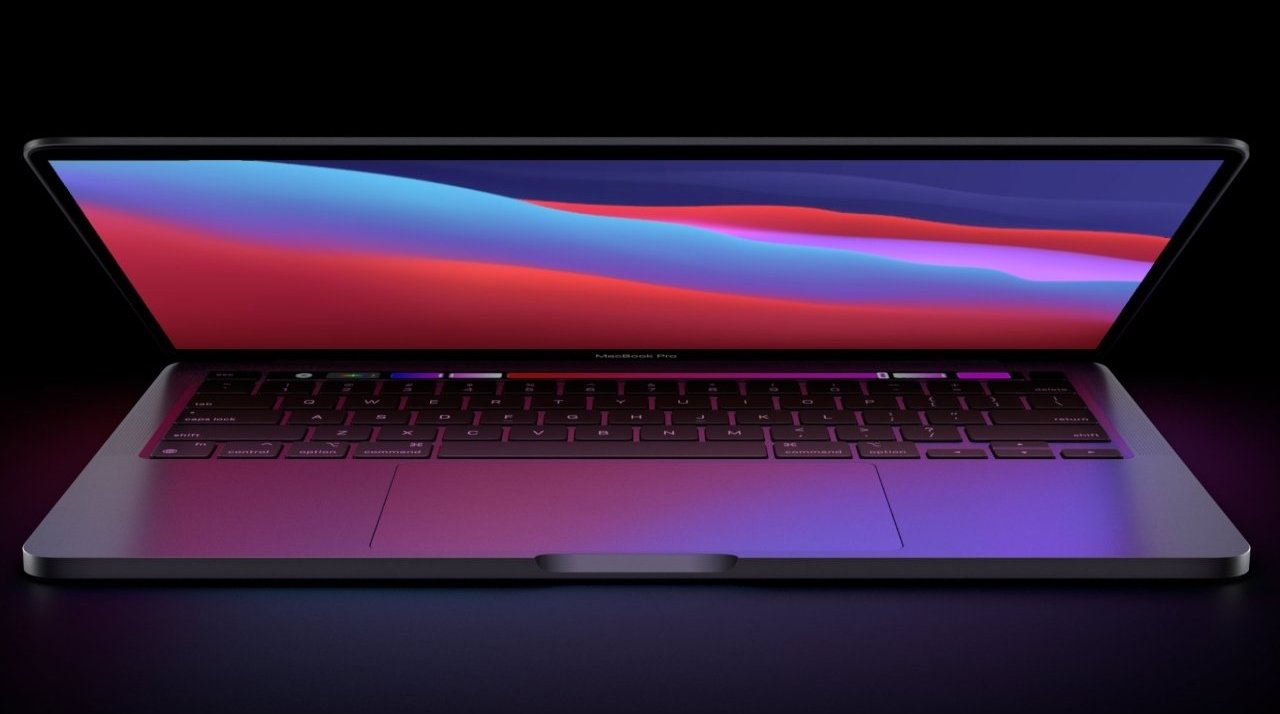
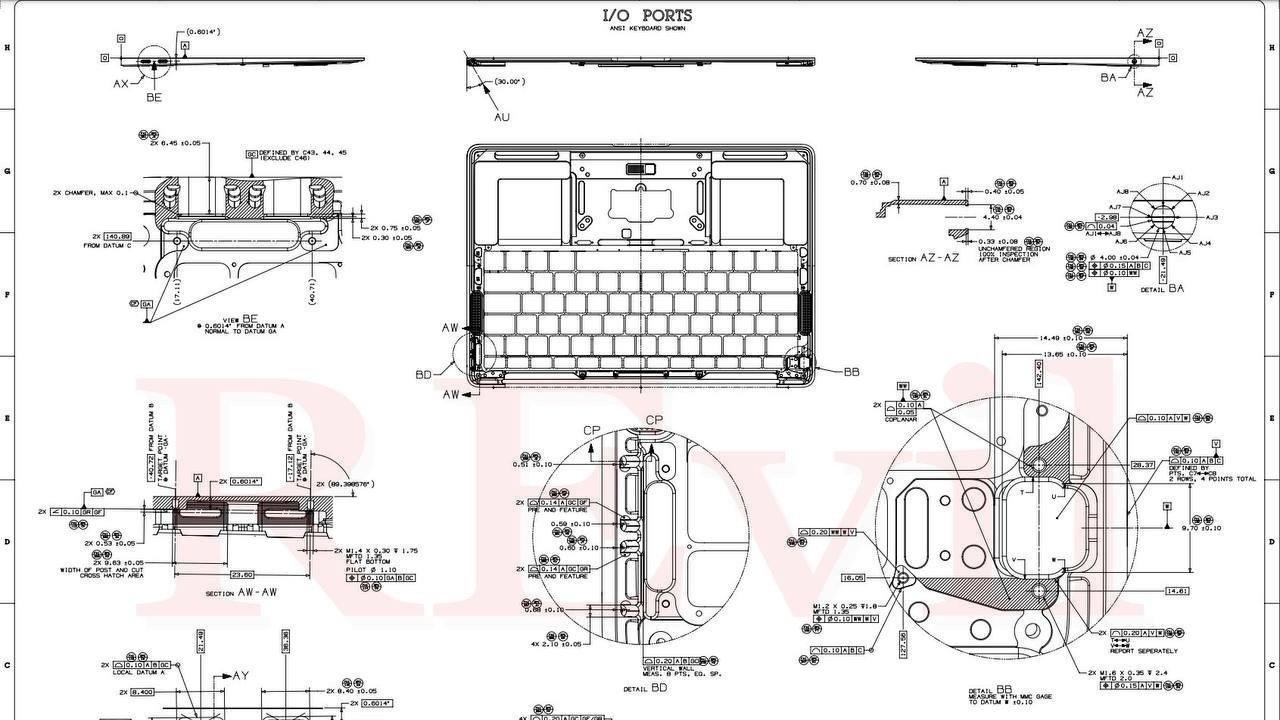
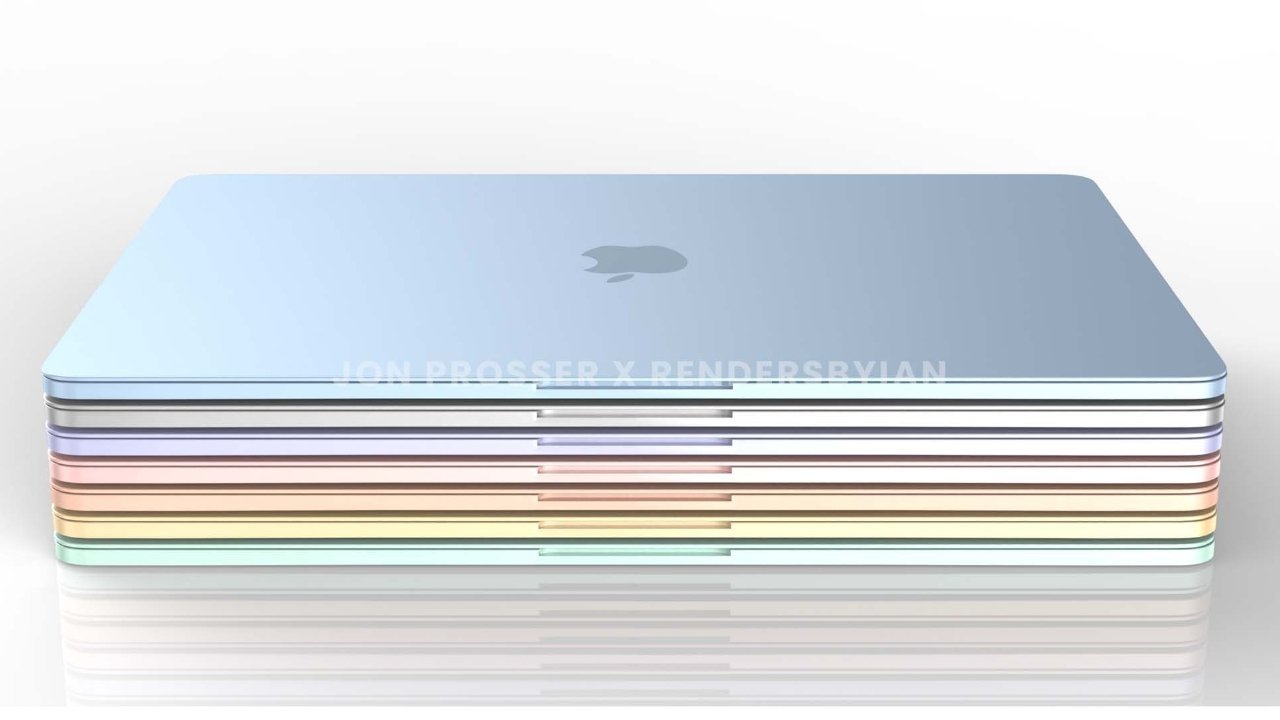
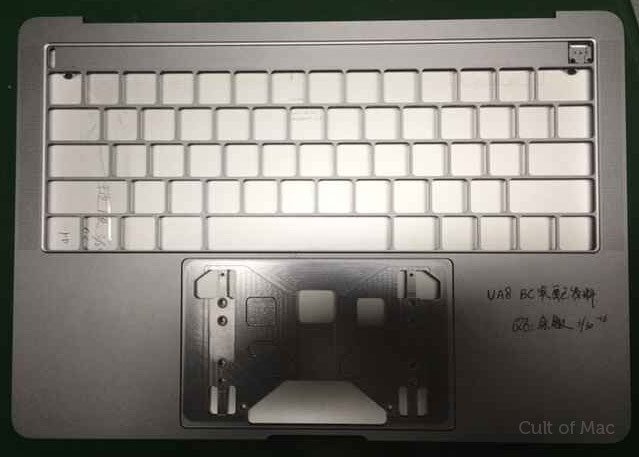
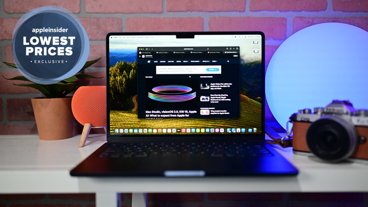
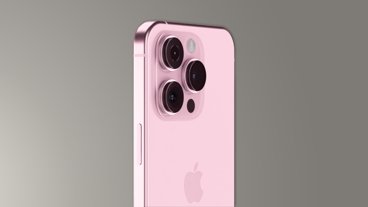
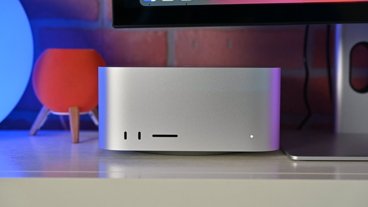
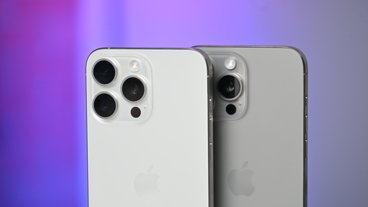
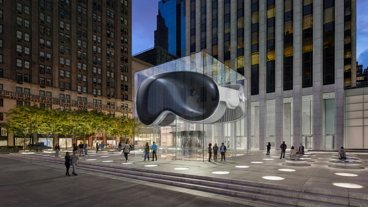
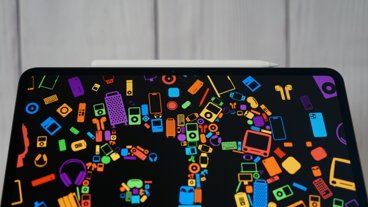







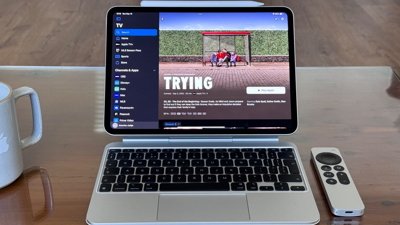
 Charles Martin
Charles Martin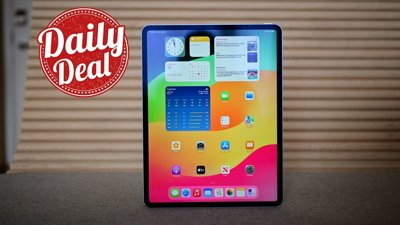
 Christine McKee
Christine McKee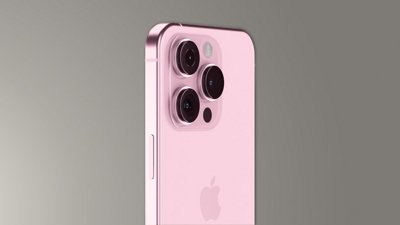
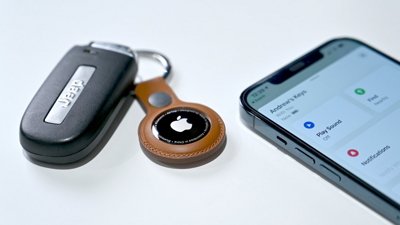
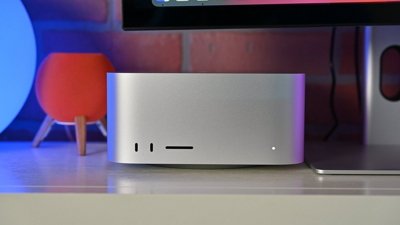
 Mike Wuerthele and Malcolm Owen
Mike Wuerthele and Malcolm Owen
 Chip Loder
Chip Loder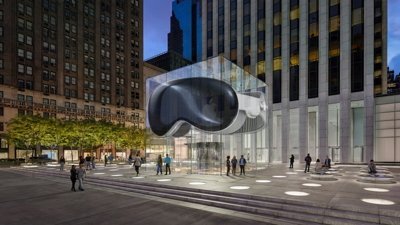

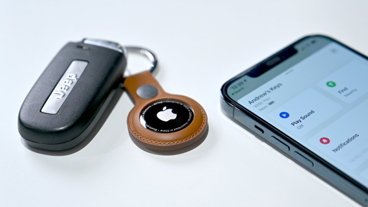
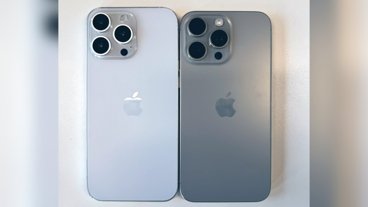



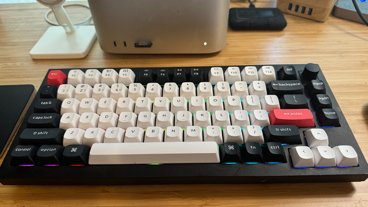



40 Comments
Speak for yourselves! Form follows function, and as long as Apple doesn’t introduce new functionality, like a touch screen and pen input, or something like that, I absolutely WANT NO DESIGN CHANGE.
The current design is nicely optimized, and minimalist. Any significant changes would just be tacky and ornamental in nature.
Why do people get messages to close apps? Are apps trying to wire down memory, or has Apple given up on virtual memory and paging with Apple Silicon, otherwise, even with significant slow downs due to swapping, one should never run out of memory unless also running out of disk/SSD-space
So Apple's recent crack on leakers is working..
"Convincing people — and developers — to make a transition like the move from Intel to Apple Silicon, is enormously difficult."
Difficult for who? All you have to do is use an Apple Silicon Mac and see just how seamless it is - and then experience the performance, to become a full convert. I could hand an Apple Silicon Mac to my mother and she would have NO idea that the CPU in it is entirely different; the amount of applications that not only run unmodified but significantly faster still than on previous Mac's is truly astounding.